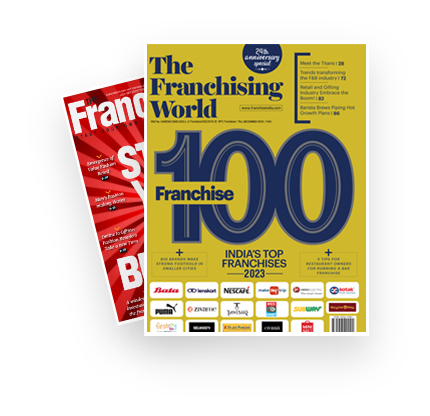
Indians ordered Rs 64,000 crore of goods from quick-commerce platforms like Blinkit and Instamart in FY25, more than double from the previous fiscal year’s Rs 30,000 crore, a report said on Thursday. The gross order value (GOV) is estimated to grow more than three-times to touch Rs 2 lakh crore by FY28, the report by one of the arms of domestic rating agency, Careedge Ratings, said.
The platforms pocketed revenue of Rs 10,500 crore from fees in FY25, which was huge growth from Rs 450 crore in FY22, the report said, adding that the revenues are expected to grow to Rs 34,500 crore by FY28. “This sharp increase is due to increased platform fees by major players, resulting in higher revenue realisation and a substantial increase in overall GOV,” the report by Careedge Advisory said.
Platforms are also shifting focus from hypergrowth to revive profitability, leveraging advertising, subscriptions, private labels, and tech-led inventory optimisation, it said. The ‘take rate’ which is the percentage of a transaction cost retained as revenue by the platforms, has increased to up to 18 per cent in FY25, from 7-9 per cent in FY22, it said.
The arm’s head Tanvi Shah said Q-comm players’ focus is shifting from rapid expansion to reviving profitability and operational efficiency, and added that tech-led innovations and penetration into tier-2 and tier-3 cities will define the next phase of growth for the sector.
Only one per cent of India’s grocery demand has shifted to the Q-comm industry, and there is a notable shift in consumer preferences towards the convenience and comfort due to which the sector will witness a rapid growth going forward, the arm’s assistant director Amir Shaikh said.
India had over 270 million online shoppers in 2024, making it the second-largest e-retail user base globally, while the e-commerce market grew 23.8 per cent in 2024 over the year-ago period, it said, adding India has over 1.12 billion mobile connections as of early-2025 and the smartphone adoption is also growing rapidly.
Rising disposable incomes and higher spending capacity are also likely to fuel growth for Q-comm, the report said.
The dark stores or micro-warehouses which ensure quicker delivery of the goods are the operational engine for the Q-comm sector, the report said, adding that the number of such facilities rose by over 70 per cent to 3,072 in FY25.
The average revenue per store witnessed an increase of 25 per cent, the report said.
Source:PTI

